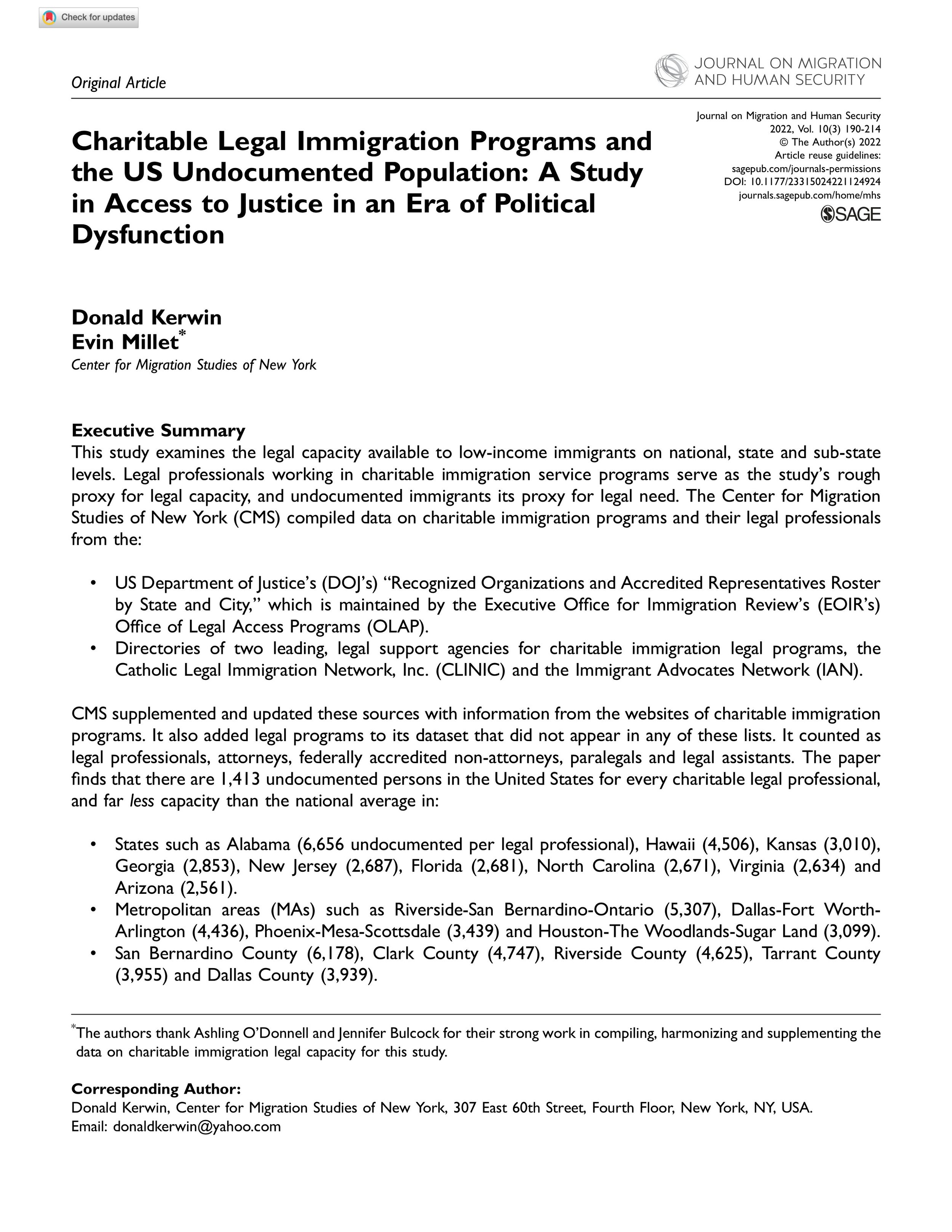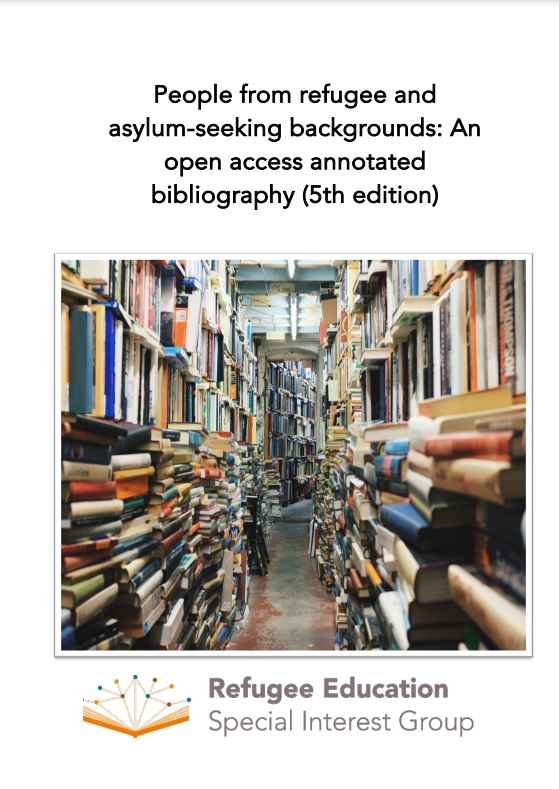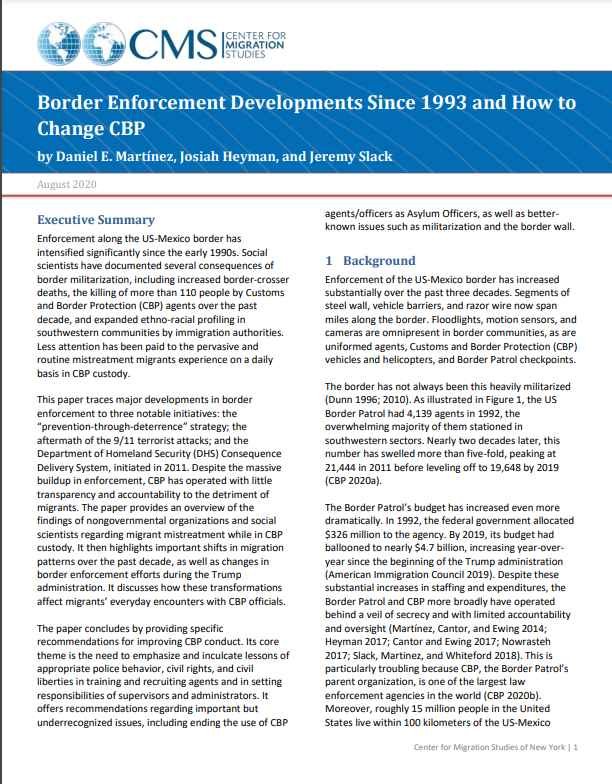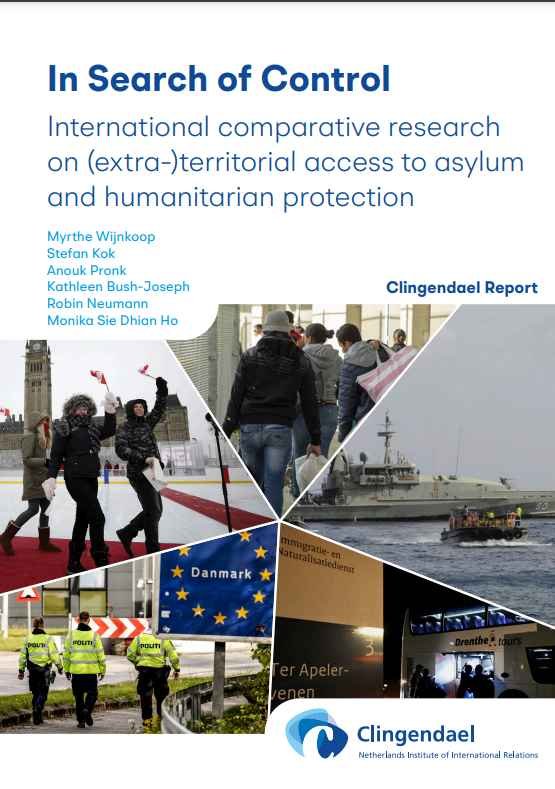By Tuesday Reitano and Prem Mahadevan
This brief brings together key lessons emerging from GI-TOC research on the smuggling of migrants (SOM) between 2015-23. The research emphasises (1) The need to provide sufficient opportunities for legal migration (2) The importance of timing for enforcement-led responses (3) The adaptive nature of the smuggling industry, with route changes being implemented swiftly in response to seemingly formidable obstacles to population movement.
Hostility towards migrants has increased in the aftermath of COVID-19, however drivers of migration have intensified. Regional smuggling markets and routes are consolidating under influential poly-criminals, while governments crack down on smaller players. To counter this, state intervention efforts might consider prioritising the slowing, and ideally, the reversal of this consolidation. This would require a holistic approach that addresses migrant smuggling through development interventions, over solely concentrating on interdiction measures.
Policy implications
Legal migration prospects offer a clear boundary between lawful and unlawful entry, facilitating prompt action for those not using established channels.
Setting up humanitarian support infrastructure along smuggling routes could help mitigate power imbalances between migrants and smugglers
Multilateral intelligence collection states with visa-free travel arrangements between them, could use tracking to detect criminal consolidation on key routes, enabling targeted interdiction and counter-action against smuggling networks.
Differentiating between migrant smuggling networks: standalone operations vs. career criminal groups.
Partnering with NGOs and CSOs could help map smuggling networks, as they often have access to migrant accounts.
Strengthening of data collation capacity within law enforcement agencies could build up a longterm evidence base to curate policy responses.
Briefing Note 28
The Hague: Serious Organised Crime & Anti-Corruption Evidence (SOC ACE), 2024. 10p.



























